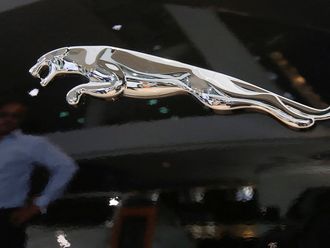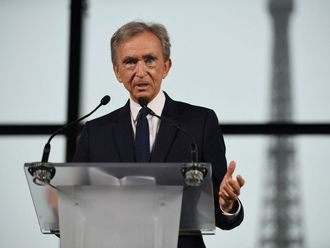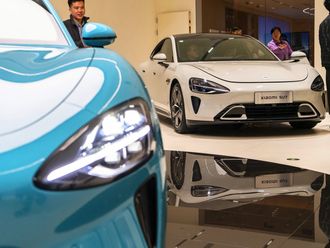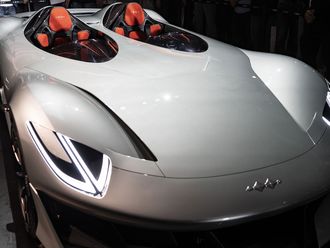Dubai: AT Kearney’s 2013 index of top ranked emerging markets for global retail investment indicate the continued strength of the UAE and other GCC countries in retail sector.
In the 13th edition of Global Retail Development Index (GRDI), four GCC countries retain their position in the top 20 listwith the UAE at 5th position followed by Kuwait at 9th, Saudi Arabia at 16th and Oman at 17th.
Globally, Brazil continues to lead the table for the third year in a row and as Chile retains second position, Uruguay moves upward to 3, according to AT Kearney, a global management consultancy.
“The GCC retail sector has witnessed exponential growth in 2012 fuelled by increasing tourist flows and new retail projects. In 2012, Dubai saw the entry of US-based brands Victoria’s Secret, Cheesecake Factory, and IHOP through franchise agreements.” said Dr Martin Fabel, partner and head of Consumer Industry and Retail Practice, AT Kearney Middle East.
The UAE moved up the index from seventh position to fifth, as its high retail sales and per-capita consumer spending, rising consumer confidence, slight population increase and its position as a regional tourism hub make it an attractive destination for retailers.
Demand continues to grow in Dubai despite it being saturated with global brands. European concepts are fully represented now and no longer represent a way for malls to stand out. Demand is now shifting to American concepts and food and beverage.
“Retailers are updating and repackaging their existing offerings. Chalhoub Group, a leading luxury retailer, opened the largest shoe store in the world in Dubai Mall, featuring leading brands such as Gucci and Louis Vuitton. Prada opened its biggest boutique in the Middle East in Dubai Mall at the end of 2012. In Abu Dhabi, major investments in infrastructure, universities, arts and cultural events are taking place and consumers are demonstrating an appetite for luxury concepts,” added Fabel.
Climbing three spots to 9th position, Kuwait is the second most attractive country in the region for international brands. Its economy grows steadily and outlook remains favourable amid increasing consumer spending and a greater presence of international retailers. International retailers Cheesecake Factory, Victoria’s Secret, and COS entered in 2012 with franchise agreements with Kuwaiti retailer M.H. Alshaya Co. Prada opened its second Kuwait store at The Avenues in early 2013.
Despite falling two spots to 16, Saudi Arabia remains a growing retail destination with massive untapped potential. Consumer confidence levels are among the highest in MENA, and many market studies show that Saudis are among the most eager consumers in the world. Retail sales are expected to increase by 11 per cent in 2013. There is plenty of room for the growth of the retail sector as retail sales per capita and disposable income remain lower than some of the neighbouring locations.
Oman dropped nine spots to 17th position after its strong GRDI debut in 2012. Its retail development slowed down while other faster-growing and developing markets surged forward. Still, Oman remains relatively stable, with steady economic and retail growth and strong consumer confidence. The top grocery retailers such as LuLu, Carrefour, and Al Safeer represent more than half of the market, and modern retail represents 44 per cent of the market. Outside of the capital, Muscat, modern retail opportunities are limited, and traditional stores and souqs remain very popular.
“Consumers across the region are becoming more sophisticated, demanding differentiated product and retail formats, with trends such as fresh food taking hold as young consumers strive for healthier lifestyles. Overall, the GCC’s strong representation in the index is indicative of the opportunities that exist for retailers wishing to enter the market or expand their brand in fast-growing markets,” said Fabel.












